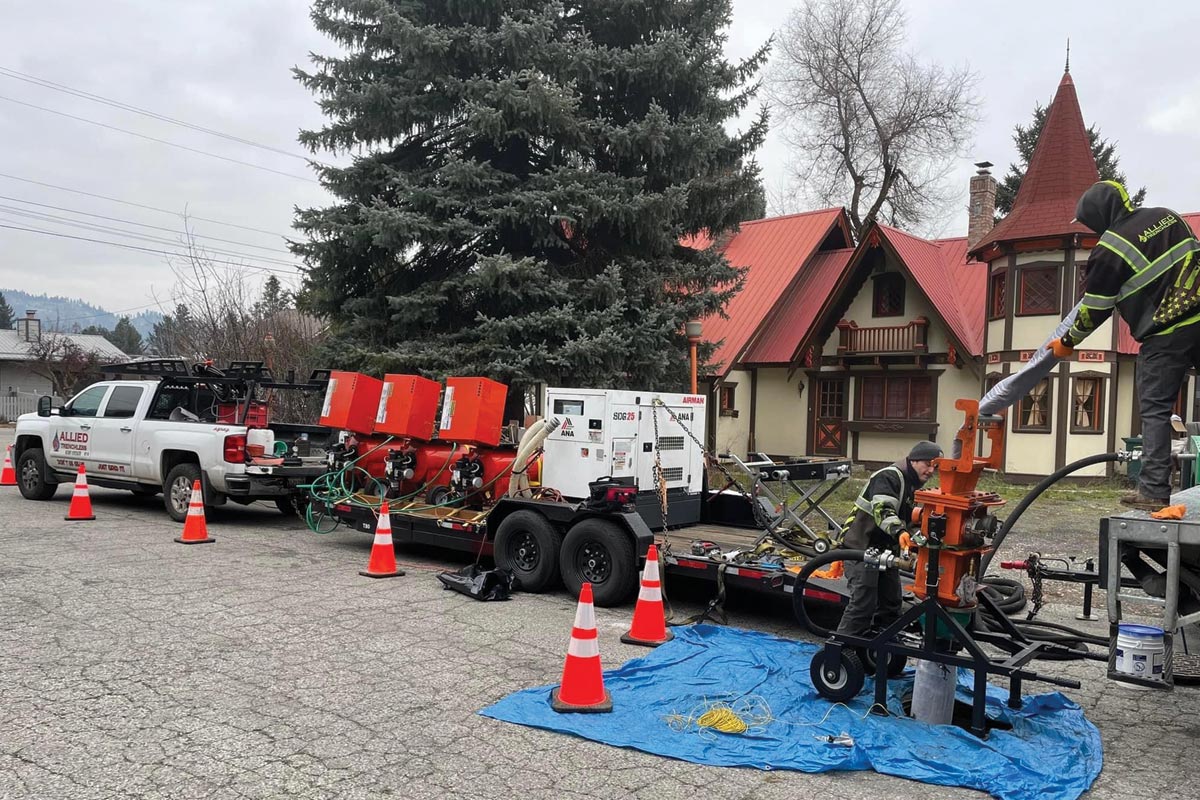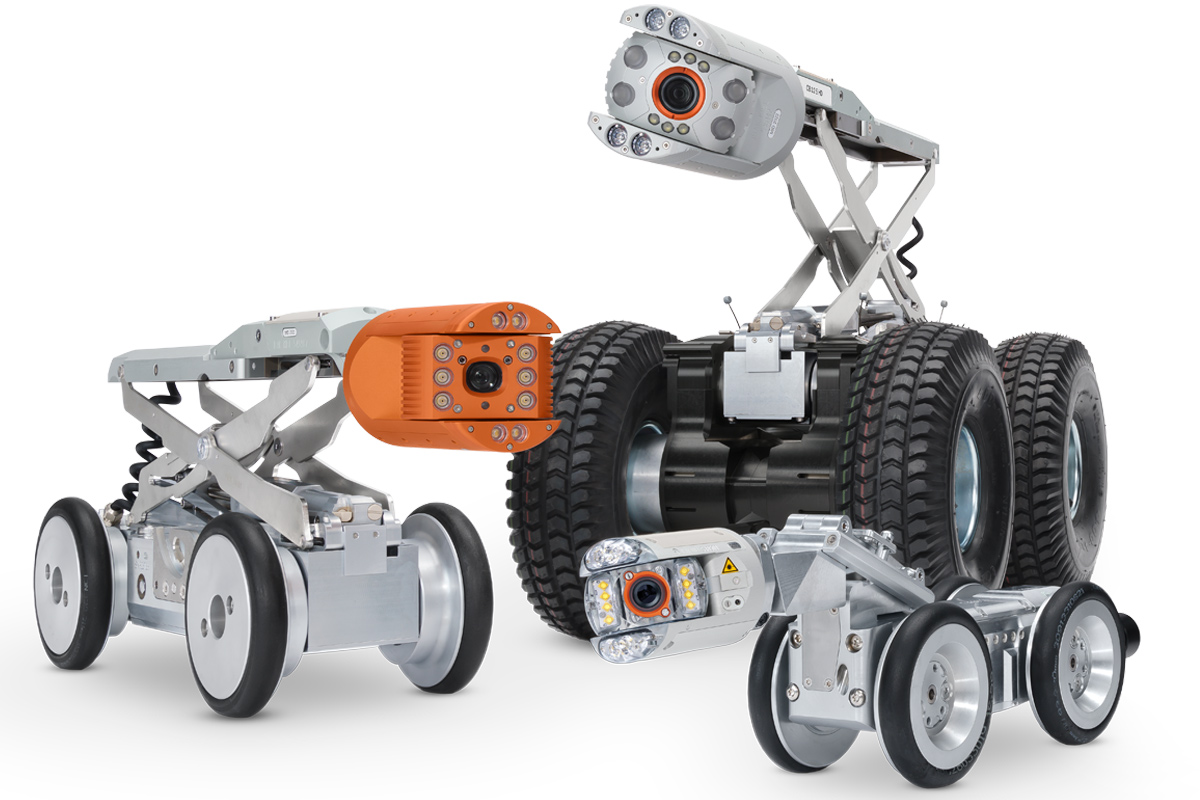Norwegian Driller Tackles Glacial Obstacle
 In 1982, Torbjorn Reime started acompany that differed from any other in all of Norway. His company, TorbjornReime Maskin, is the only business in Norway dedicated wholly to rock drilling.
In 1982, Torbjorn Reime started acompany that differed from any other in all of Norway. His company, TorbjornReime Maskin, is the only business in Norway dedicated wholly to rock drilling.“We are very dedicated and aim toleave a positive impression after the completion of a job. With the newdirectional drills we added in the last few years, we can accomplish thingsthat we couldn’t do before,” says Reime.
The business is run out ofStavanger on the western coast of Norway, and it has grown steadily over thepast 30 years. In the early days, Reime only had a single excavator. Now heemploys 15 people and uses multiple excavators, tractor trucks and a fleet ofVermeer machines — a D7x11, D20x22, and a D36x50DR Navigator HDDs, a T650 rockwheel and a V1350 pedestrian trencher.
With the strong assemblage ofequipment, Reime can handle jobs ranging from cables and fiber tomicro-trenching and asphalt work. The specialized skill set of the company andpracticality in utility installation projects made Reime Maskin the idealcandidate to solve an issue at a hiking cabin.
“There is a small house on top of ahill that hikers use as a shelter. The community owns the building and wantedto add a restroom facility for the hikers. They brought us in to install a 4-in.(10.2 cm) HDPE sewer pipe,” Reime says.
However, it was not long before thecrew encountered obstacles. The ground conditions were expectedly rocky, anddirectional drilling to install the pipe underground was the only option.
Planning ahead and mapping out theproject proved to be of utmost value. Rock drilling in such adverse conditionsrequires time, patience and experience, coupled with the proper selection oftools, additives and a bore plan.
When the plan was created, itcalled for a single bore that would run 246 ft (74.9 m), the length of themountain. At the deepest point, the bore would be 39 ft (11.9 m) below thesurface. To achieve these demands, Reime implemented the D36x50DR because ofits viability in solid rock applications; they mounted a 6.5-in. (16.5-cm)tricone roller bit and used regular bentonite for lubrication.
Adjustments were made to ensurethat the pilot bore progressed in the most efficient manner possible. Reimetweaked the rpm/thrust combinations, eventually increasing the thrust anddecreasing the rpms, which accelerated the overall speed of the project.
The company only recently acquiredthe D36x50DR rock drill before being tasked with this job. Nonetheless, it wasviewed as the ideal situation to test the machine and see what the rock drillwas capable of.
From transportation to preparationand eventually drilling, the project took just over three days. Reime creditsthe foresight to plan ahead and bring in all the right resources as the key tosucceeding in such a timely fashion.
Darren Cline is awriter with Two Rivers Marketing in DesMoines, Iowa.




